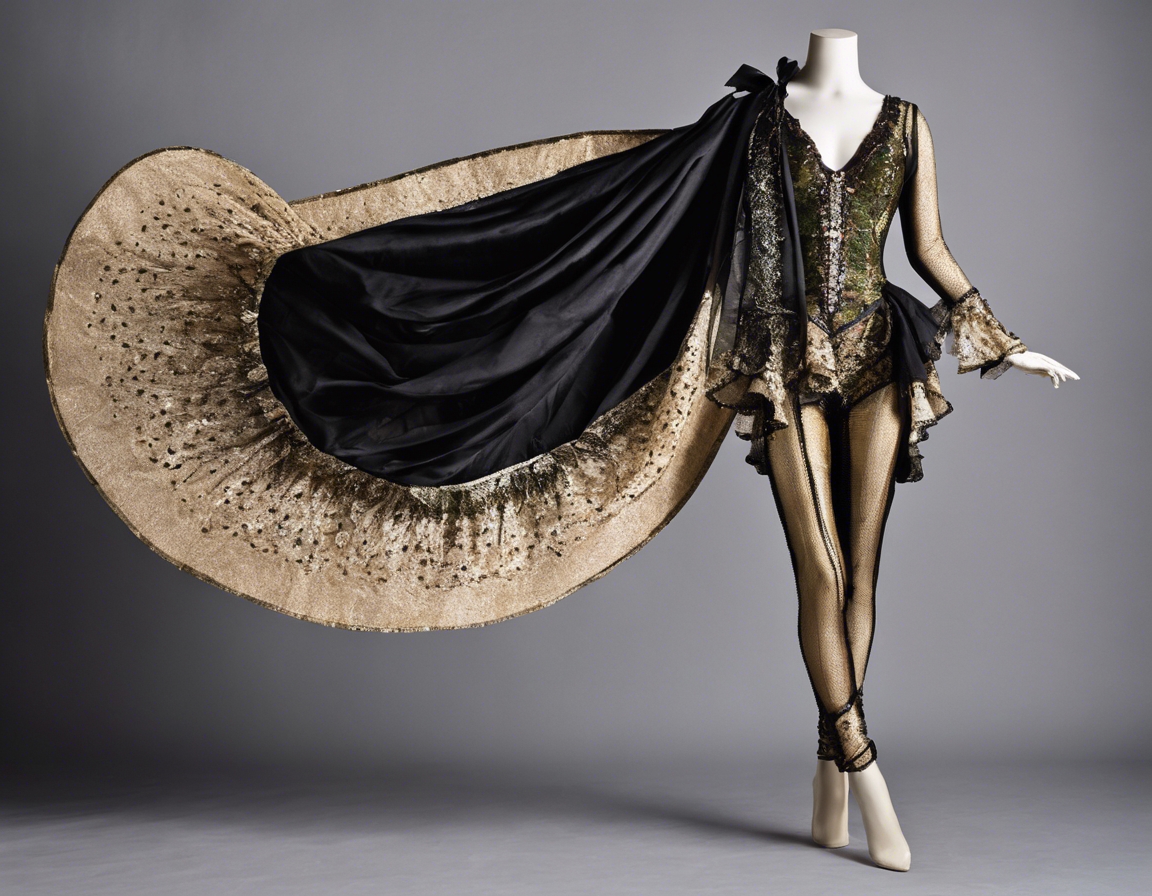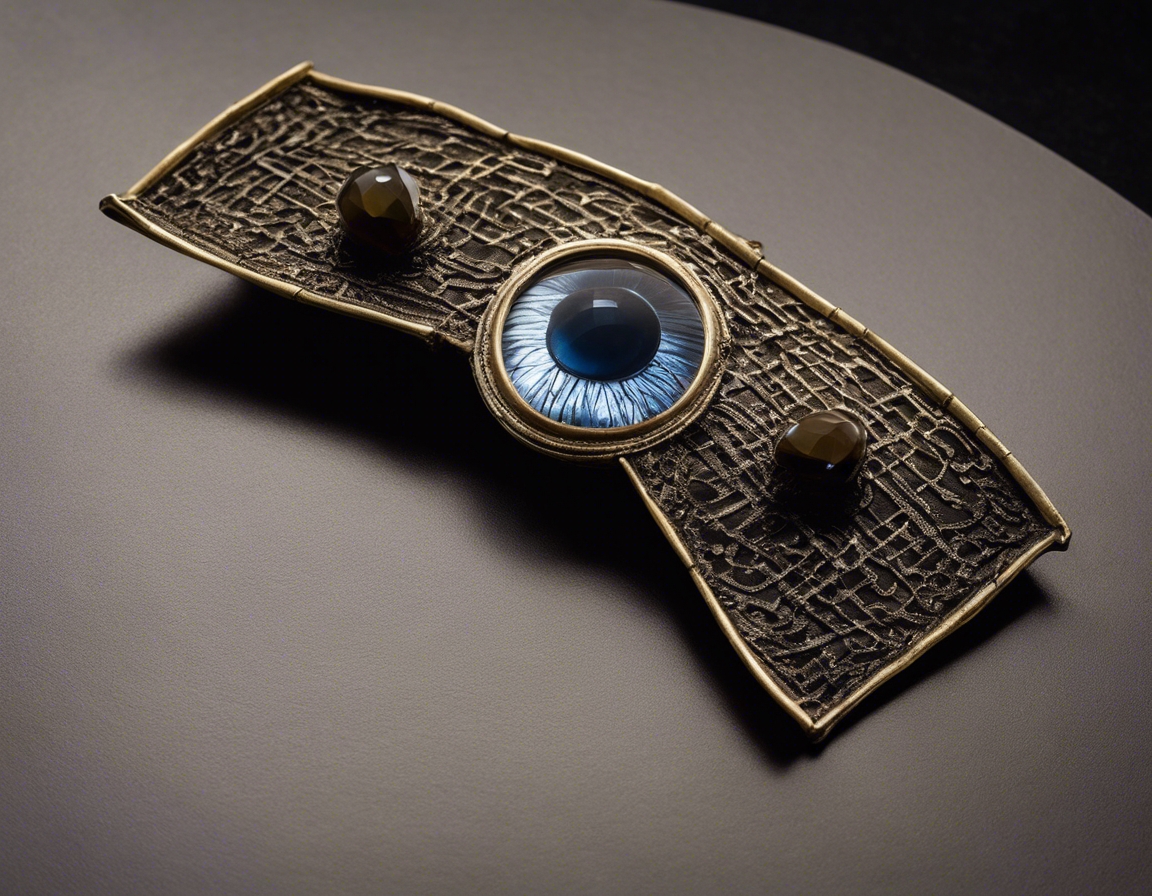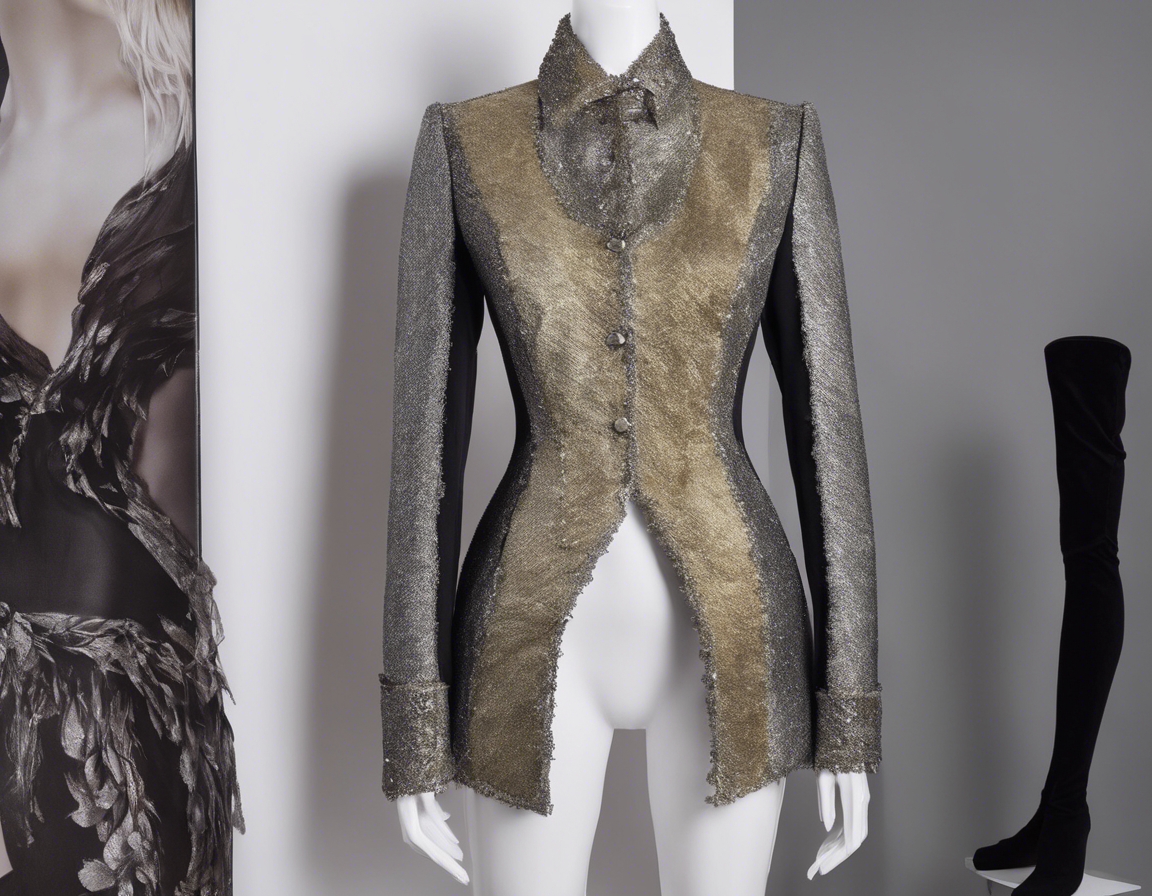5 tips for making a statement with your stage costume
When the spotlight hits, your stage costume is more than just attire; it's a storytelling tool that captivates your audience and amplifies your performance. For artists and performers, a costume is a critical element that can either elevate their act or leave it unnoticed. In this post, we'll explore five essential tips for creating a stage costume that makes a bold statement and leaves a lasting impression.
Understanding Your Performance Context
The venue sets the stage for your costume. A grandiose theater may call for elaborate and ornate designs, while an intimate club might benefit from more subtle, yet impactful, attire. Consider the lighting, stage dimensions, and audience proximity when choosing your costume.
Aligning your costume with the event theme can create a cohesive and immersive experience for the audience. Whether it's a period piece, a futuristic vision, or a cultural celebration, ensure your costume reflects the essence of the event.
Embracing Originality
Nothing speaks louder than a one-of-a-kind costume tailored to your persona. Custom designs allow for complete creative freedom to embody your character or brand fully. Collaborate with designers who can bring your vision to life with unique silhouettes, patterns, and embellishments.
Your costume should be an extension of your personal style and brand. It's an opportunity to showcase your identity and differentiate yourself from others. Infuse elements that are uniquely you, whether it's a signature color, motif, or accessory.
Quality and Craftsmanship
The materials you select for your costume play a pivotal role in both appearance and durability. Opt for high-quality fabrics that not only look stunning under the lights but can also withstand the rigors of performance.
Impeccable craftsmanship is evident in the details. From the stitching to the finishing touches, every aspect of your costume should be executed with precision. This attention to detail can make a significant impact on stage and up close.
Visual Impact
Color can evoke emotions and tell a story. Use color theory to choose a palette that complements your performance and resonates with the audience. Bold, contrasting colors can create drama, while harmonious shades can convey a softer narrative.
Consider elements that add a 'wow' factor to your costume, such as LED lights, projection mapping, or unexpected materials. These features can transform a simple costume into a visual spectacle that's unforgettable.
Comfort and Functionality
A great costume should not only look good but also allow for full mobility. Ensure that your costume accommodates the physical demands of your performance without restriction.
Practicality is key for any stage costume. Consider quick changes, temperature control, and maintenance when designing your costume. It should be as functional as it is fabulous.






Comments (0)